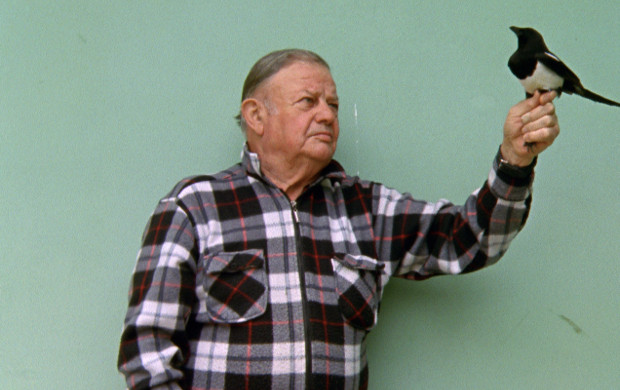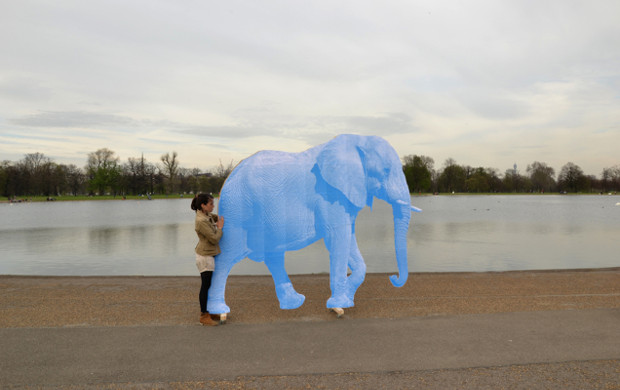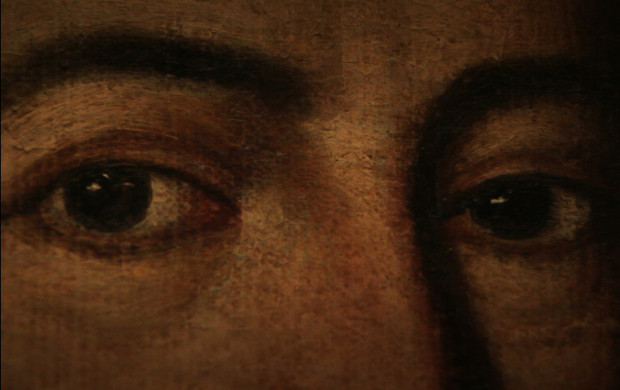VILLAGE MODÈLE
MODEL VILLAGE
- 2014
- France
- 10 minutes
- Korean
The title’s “model village”, Kijong-dong, is to be understood as in the term “model ghetto” associated with Theresienstadt. It exists for real in the DMZ (the Korean demilitarised zone), a 250-km stretch of land separating North and South Korea. But since the recent North-Korean crisis, filming there has become even more difficult. The filmmaker seems to relish this constraint, as the sound-editing in the first part of the film manages in a few snippets to stand in the stead of an actual visit to this luxury showcase built in the 1950s. Oriented so as to be seen from South Korea, the buildings with painted-on doors and windows were thus as hollow as film sets. It was this vacuity, an echo of the State’s deceit, that inspired Hayoun Kwon to build her mock-up, or “model” in the other sense of the word. As the real village is a sinister political fiction, only the most artificial dispositif is capable of piercing the truth. The transparency of the miniature and the naturalistic outdoor sounds heard off-screen build up another scene, neither historical nor fictional – more a ghostly abstraction: the camera’s movements, filming the filming, accentuate the shadows of the houses, another paradox in a place where shadow has more substance than built structures. (Charlotte Garson)
- Production : Filmo
- Editing : Hayoun Kwon
- Sound : Samuel Mittelman; Hayoun Kwon
- Photography : Simon Gesrel
- Copy Contact : Filmo




